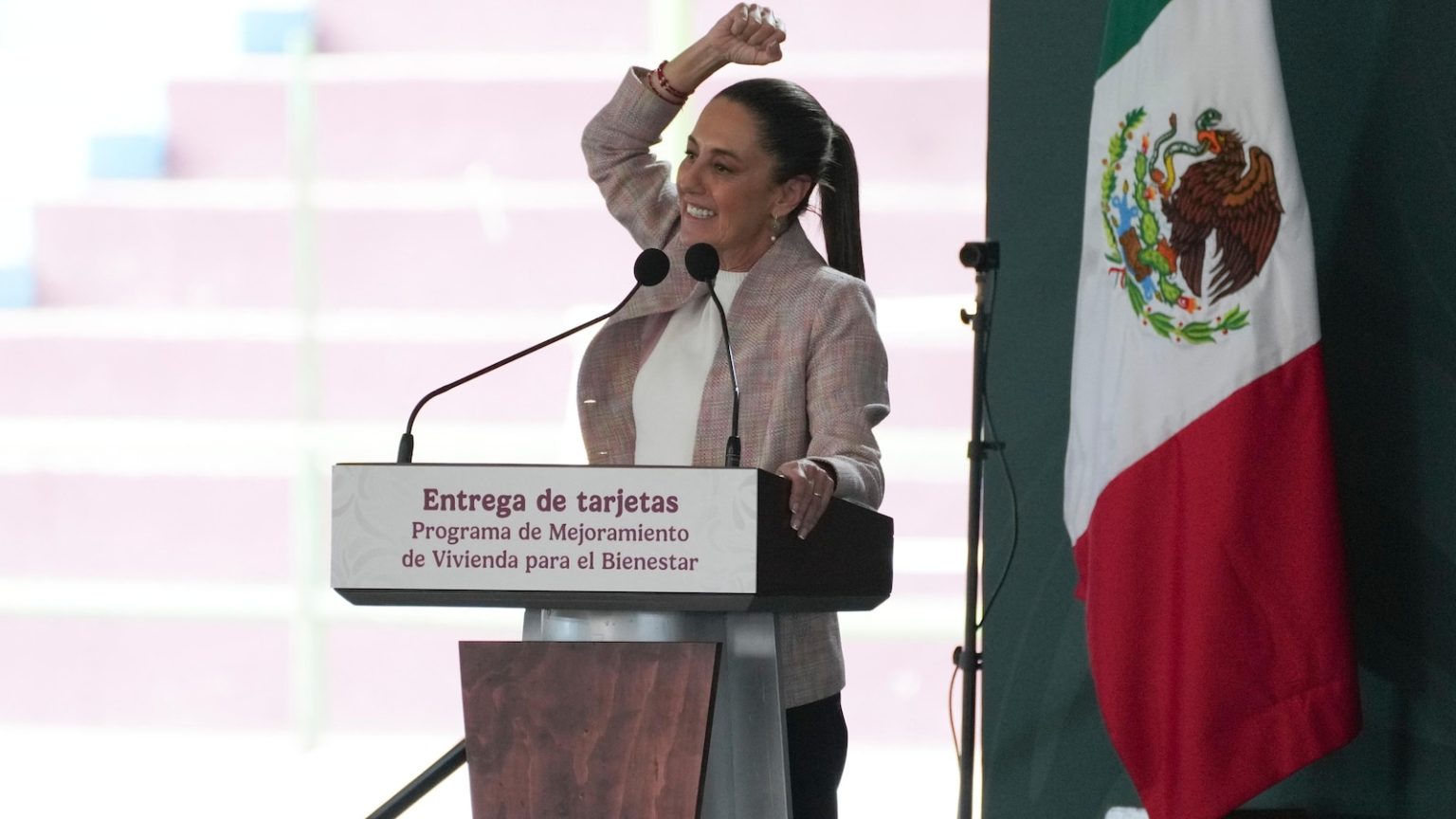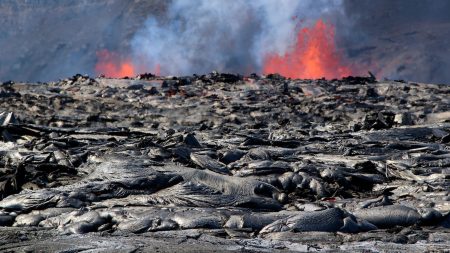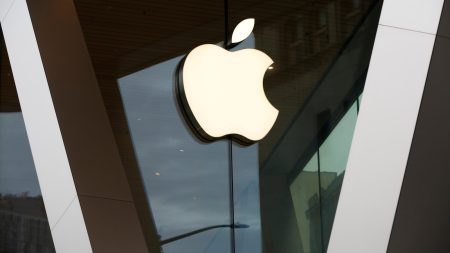Mexico’s Stand on the Gulf of Mexico Naming Dispute
Mexican President Claudia Sheinbaum made a strong statement on Thursday, emphasizing that her government would not hesitate to file a civil lawsuit against Google if the tech giant continues to refer to the Gulf of Mexico as the "Gulf of America." This dispute has gained significant geopolitical attention in recent weeks, particularly after former U.S. President Donald Trump announced his intention to change the name of the Gulf. Sheinbaum clarified that Trump’s decree applies only to the "continental shelf of the United States," as Mexico retains sovereignty over much of the Gulf. "We have sovereignty over our continental shelf," she asserted during her morning press conference.
The U.S. Position and Google’s Response
The Mexican government has already reached out to Google, expressing its disagreement with the name change. In a letter, Mexico argued that it was "wrong" to refer to the entire Gulf of Mexico as the "Gulf of America." However, Google has maintained its stance, citing a "long-standing practice of applying name changes when they have been updated in official government sources." This response has not satisfied the Mexican government, which continues to defend the historical and legal validity of the name "Gulf of Mexico."
The Geopolitical Implications of the Dispute
President Sheinbaum has repeatedly emphasized the historical significance of the Gulf of Mexico, noting that its name has been recognized since 1607 and is acknowledged by the United Nations. She also drew attention to the international implications of renaming the Gulf, using the example of the Constitution of Apatzingán, which referred to the North American territory as "Mexican America." By invoking this historical context, Sheinbaum aimed to highlight the absurdity of the proposed name change and challenge Trump’s decision.
Google Maps and the Name Dispute
An analysis by the Associated Press revealed that Google’s naming of the Gulf depends on the user’s location. Users in the United States see the Gulf labeled as the "Gulf of America," while users in Mexico see it as the "Gulf of Mexico." In many other countries, the Gulf appears as "Gulf of Mexico (Gulf of America)," reflecting a compromise between the two names. This approach has not resolved the issue, however, as the Mexican government has requested that Google display "Mexican America" when the Gulf is searched on its maps.
A History of Naming Disputes
This is not the first time Mexico and the United States have disagreed over the names of key geographic features. For example, the river that forms part of the border between Texas and the Mexican states of Chihuahua, Coahuila, Nuevo León, and Tamaulipas is known as the Rio Bravo in Mexico and the Rio Grande in the United States. These naming disputes often reflect deeper cultural and political differences between the two nations.
Conclusion and Future Steps
The naming of the Gulf of Mexico has become a symbol of the broader tensions between Mexico and the United States under the Trump administration. While the White House has barred Associated Press reporters from certain events, citing concerns over the news agency’s naming policy, the AP has chosen to use both "Gulf of Mexico" and "Gulf of America" to ensure international recognition. As the dispute continues, Mexico’s government remains committed to defending its sovereignty over the Gulf and preserving its historical name. Whether through diplomatic efforts or legal action, Mexico is determined to protect its territorial and cultural heritage.















